Reporter : Right after Vietnam opened its telecommunications market, Ericsson was one of the earliest telecommunications equipment suppliers and has made many important contributions to the socio -economic development of this market. In your opinion, what are the most important highlights of Ericsson in the past 32 years?
Ms. Rita Mokbe l: We have just opened a new office in Hanoi and also celebrate 32 years of association and companionship with Vietnam. Ericsson entered Vietnam in 1993, when the mobile network in this market was just in its infancy. Together with partners MobiFone , VNPT and Viettel, we contributed to laying the foundation for 2G, before moving on to 3G and 4G.
The boom in mobile services in recent years has had a profound impact on Vietnam's socio-economic development. Ericsson has been selected by all three major Vietnamese carriers as a partner to deploy 5G. Of course, 5G does not only bring better network performance, but also opens up new opportunities for carriers.
These are all great achievements that we are extremely proud of. But perhaps the most important achievement is that customers always see Ericsson as a trusted partner throughout their development journey.
In Vietnam, Ericsson has been developing the capabilities and training of the next generation of innovators by working closely with universities to equip students with knowledge of 5G, cloud computing and new technologies so that when they enter the workforce, they can bring new ideas and innovations to both Vietnam and our customers.
Viettel , VNPT and MobiFone have all announced their strategies to become digital service providers. So how has Ericsson supported operators in this process?
Together with our partners, we are already exploring new 5G applications. Ericsson is running numerous trials and pilots, from on-demand quality of service, network slicing, to private networks for the manufacturing sector. We are also conducting initiatives and trials in Fixed Wireless Access, bringing high-speed connectivity to rural areas where fiber infrastructure is not yet available.
In parallel, Ericsson is working with operators and hospitals to implement pilot projects to demonstrate the real-world impact of 5G. We continue to support operators in improving network performance and developing services for consumers, such as high-quality live TV or expanded coverage at sporting events. More importantly, we help customers leverage 5G to drive digitalization across industries such as manufacturing, healthcare, logistics, aviation and ports.
To fully realize this vision, it is necessary to build solid infrastructure and achieve widespread 5G coverage of up to 90% of the population.
Currently, although network operators have commercialized 5G, revenue still mainly comes from 4G networks. There is still no clear business model for 5G. So, from global experience, can you give any ideas for 5G development in Vietnam?
5G can deliver 10 times the capacity of 4G, while consuming up to 40% less power. This allows operators to carry more traffic with less investment, while also achieving better energy efficiency.
We believe that 5G will open new doors and potential for businesses, creating a completely new segment, creating new revenue streams for operators. At the same time, Vietnam currently owns a rapidly growing application economy, bringing many attractive opportunities for our customers. Through cooperation with Ericsson and its extensive ecosystem, operators can take advantage of open APIs to exploit network capabilities, sharing with both Vietnamese and international developers.
To accelerate this trend, we have joined forces with several of the world’s leading telecom service providers to form a global joint venture called Aduna. The idea is to open up operator APIs to the developer community, thereby promoting application creation and innovation.
We have been talking to a number of customers in Vietnam, and some carriers are also preparing their infrastructure to be open to local developers. This will not only promote innovation in Vietnam but also help the country participate in the global innovation chain.
In the future, applications developed in Vietnam can be deployed in markets such as the US, India and many other countries.
In addition, Ericsson has introduced the EVCN (Ericsson Virtual Communication Network) solution. With this solution, a laptop can use any carrier's eSIM to connect directly via 5G instead of Wi-Fi, whether in the office, at home or at a coffee shop. This helps carriers serve businesses nationwide with secure, reliable and cost-effective connections.
In Vietnam, with the combination of MobiFone and the Ministry of Public Security, we expect many opportunities to digitize the security sector, with applications such as 5G-enabled cameras, patrol cars or other tools that require high reliability, automation and security.
In Norway, Ericsson is working with a network operator to both exploit the public network and deploy a private 5G network in some areas for defense applications. This model is also completely applicable in Vietnam.
Overall, 5G opens up many opportunities for businesses to exploit superior capabilities such as high speed, low latency, security and advanced network features. Vietnam has the opportunity to take the lead in developing and exporting 5G applications.

Illustration photo
Many countries have already deployed 5G and it has boosted their economies. From Ericsson's experience, can you share the impact of 5G on the economy in these markets?
India now has around 270 million 5G subscribers and records one of the highest mobile data consumption rates in the world, at around 32GB per month per active smartphone user. The economic impact is also expected to be huge, estimated at $455 billion by 2040.
In Malaysia, 5G will cover about 80% of the population within 1 year. The country expects 5G to have a significant economic impact, contributing about 122 to 150 billion Malaysian ringgit to GDP by 2030.
From these examples, we see many similarities in Vietnam, and that makes Ericsson very optimistic. Vietnam has the determination from the Government and the commitment from the operators to build a digital economy contributing 30% of GDP by 2030. Achieving this goal will be a big step on the journey to make Vietnam a high-income country by 2055.
Some operators say they will start in urban or industrial areas, while others will continue to deploy 4G. So what do you think is the most effective strategy for 5G deployment?
We know that our customers have already started deploying 5G in major cities. These are densely populated areas with a high concentration of users and businesses, so it was a natural first step. This approach helps operators meet the strongest demand, serve VIP customers, and support businesses to be 5G ready.
However, our customers also have a clear ambition to expand nationwide. This is in line with the plan of the Ministry of Science and Technology, which encourages each network operator to deploy 20,000 base stations, thereby expanding 5G coverage across the entire territory. This will enable both consumers and businesses to access and benefit from 5G services.
From Ericsson’s perspective, we believe that 4G and 5G will coexist for a long time. 5G will not simply replace 4G. Instead, there are still many opportunities for operators to continue to modernize and expand their 4G networks while building 5G. We are already working with all our customers on projects that are both upgrading 4G and deploying 5G.
Thank you!
Source: https://mst.gov.vn/5g-la-co-hoi-de-viet-nam-so-hoa-nhieu-nganh-kinh-te-197251121100626894.htm




![[Photo] National Assembly Chairman Tran Thanh Man receives a business delegation from the Europe-ASEAN Business Council](/_next/image?url=https%3A%2F%2Fvphoto.vietnam.vn%2Fthumb%2F1200x675%2Fvietnam%2Fresource%2FIMAGE%2F2025%2F11%2F24%2F1763989198212_ndo_br_bnd-7394-jpg.webp&w=3840&q=75)
![[Photo] Prime Minister Pham Minh Chinh attends the patriotic emulation congress of the banking sector](/_next/image?url=https%3A%2F%2Fvphoto.vietnam.vn%2Fthumb%2F1200x675%2Fvietnam%2Fresource%2FIMAGE%2F2025%2F11%2F24%2F1763981997729_tt-nhnn-jpg.webp&w=3840&q=75)




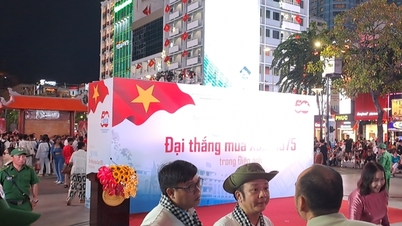

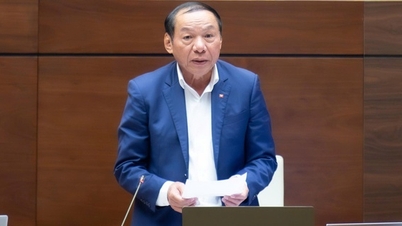

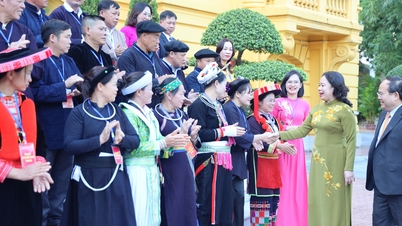






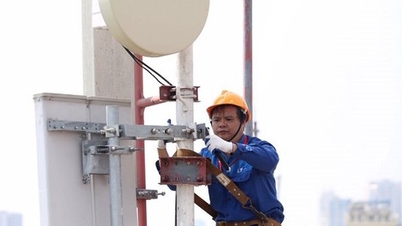
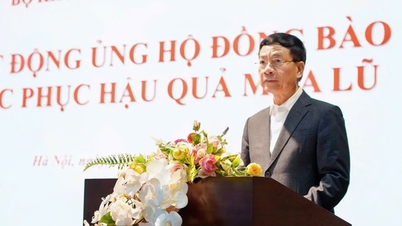
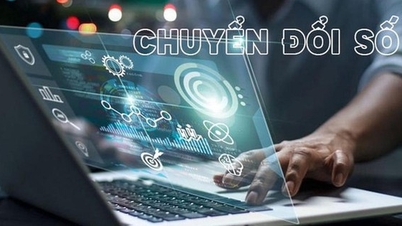
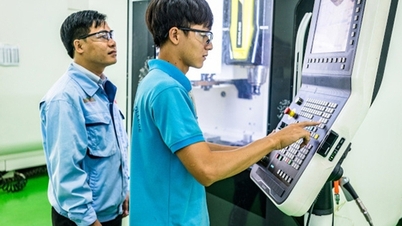
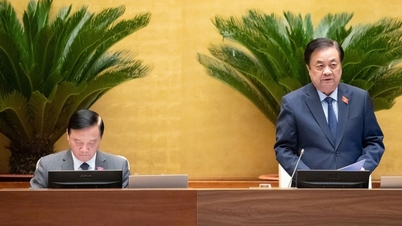
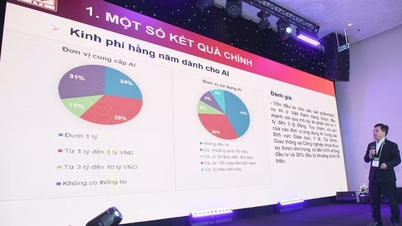


![[Photo] Next to the "mountain of trash" after the flood, Tuy Hoa residents strive to rebuild their lives](/_next/image?url=https%3A%2F%2Fvphoto.vietnam.vn%2Fthumb%2F1200x675%2Fvietnam%2Fresource%2FIMAGE%2F2025%2F11%2F24%2F1763951389752_image-1-jpg.webp&w=3840&q=75)






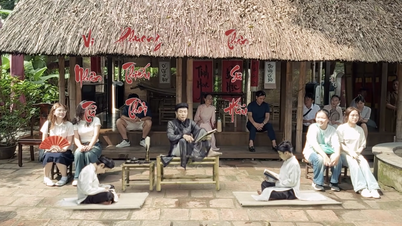















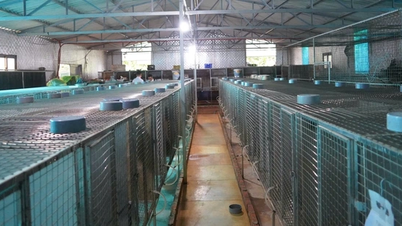





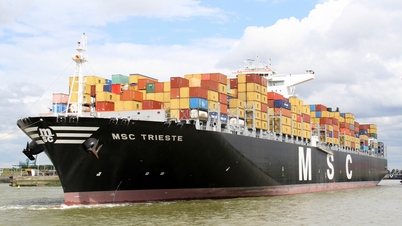












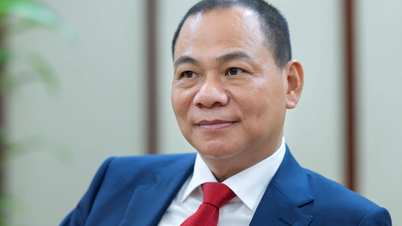



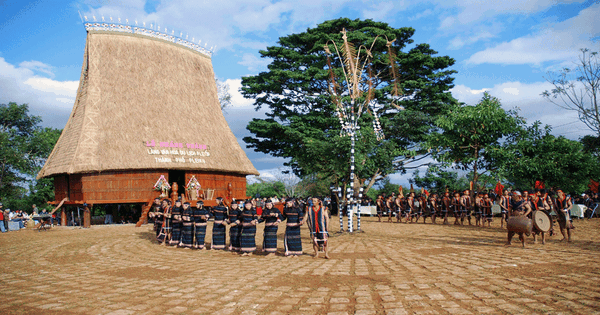


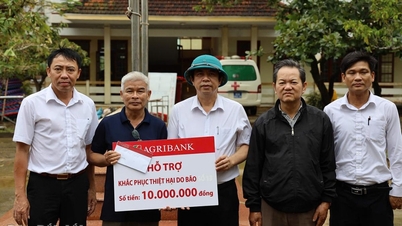

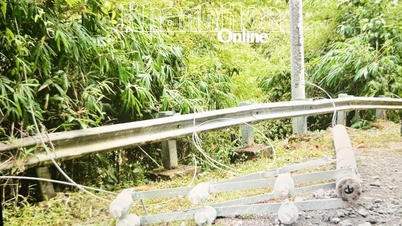



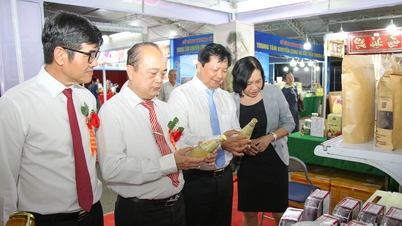














Comment (0)